North American Indian Wild Foods
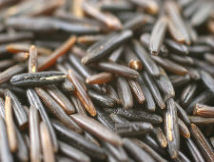 |
Wild Rice
Native American tribes such as the Chippewa and the Cree consider wild rice to be sacred. They harvest wild rice in Manitoba by canoeing into the plants, and bending the ripe grains with sticks, so as to thresh the seeds into the canoe.Wild rice has a good nutty flavour, it can be served with game meat or mixed into white rice.
|
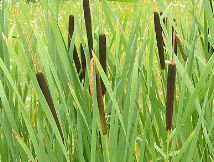 |
Cattail Hearts
The cattail is one of the most popular edible wild plants in North America, called "apakwe" by the Ojibway and "astislusgi" by the Cherokee, the cattail was well known by Native American Indians. Everything was usable, it was a readily available wild food source, also a medicinal plant. Roots and corns are good food, young shoots can be eaten raw or steamed. Abundant pollen can be mixed with regular flour to make tasty pancakes. Stems were used as fire drill and arrow shafts. Dry leaves made good mattresses for the tipi, and are still woven into mats today.
|
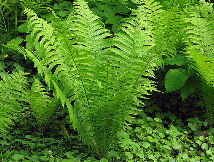 |
Fiddlehead Greens
The fiddlehead resembles the curled ornamentation on the end of a violin. For the First Nations people, fiddleheads were a welcomed springtime feast and represented an important food source.
Though more than 100 varieties of ferns grow in Canada, only the ostrich ferns or fiddleheads are worthy of the gourmet's attention. Fiddleheads grow in large colonies in forests along streams or other humid areas. In eastern Canada, fiddleheads are we well established as a vegetable, and can be found in many grocery stores during harvest season. Fiddleheads can be boiled,steamed, pickled or backed.
|
 |
Milkweed Pods
Milkweed was well known and eaten as a vegetable by most Indian tribes throughout its range. This common plant provides edible shoots, flower bud clusters and immature pods. Milkweed pods can be used like all pickles. Many chefs use them instead of capers. The add colour and taste to any plate of hors-d'oeuvres. Great with smoked fish, you can also add them to your favourite fowl stuffing.
|
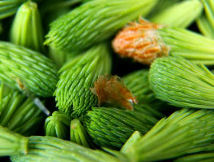 |
White Spruce Tips
In 1535, Jacques Cartier and his men were wintering near the native village of Donnacona, south of present-day Quebec. By December however, many men were suffering from scurvy. Understanding that, without help, they had little chance of surviving the winter, Cartier asked the Indians for assistance.
They watched as the chief's son stripped needles from a white cedar tree and proceeded to boil them into a tea. Soon after drinking the tea, his men felt better. More tea was made and, within a week, the tree had been stripped bare, but the Frenchmen were cured of scurvy.
|
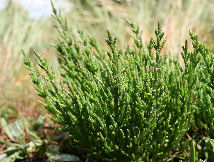 |
Sea Asparagus
Known by the First Nations peoples of both Eastern and Western Shores, the Sea Asparagus s a very good edible wild plant that grows in salt marshes and on beaches,
Served in many dining establishments around the world, sea asparagus is used as a substitute for green vegetables.It is usually cooked, either steamed or microwaved, and then coated in butter or oil. Due to its salt content, it must be cooked without any salt added.
|

Assiniboine Tipis
PO Box 649 Lundar, MB R0C1Y0
Phone: (204) 762-5523
Canada
TIPIS | HOME | TERMS | EMAIL
|